Continuing care offers more than just a place to live—it provides peace of mind, flexibility, and long-term support tailored to your evolving needs. Whether you’re just starting to consider retirement options or you’re ready to make a change, understanding what continuing care is can help you make informed decisions for the future.
For seniors and families, this model simplifies transitions by offering a full spectrum of services under one roof—allowing residents to remain in one location even as care needs increase. From independent living to skilled nursing and everything in between, continuing care ensures you always have access to the right level of support when you need it.
Discover how Westmont of Chico provides a continuum of care while fostering a thriving environment that offers opportunities, friendships, and personalized support.
Visit Westmont of Chico to explore your options.
What Is Continuing Care and Why Does It Matter?
Continuing care refers to a long-term care model that provides a range of health and lifestyle services within a single residential setting. This model is most commonly found in Continuing Care Retirement Communities (CCRCs), which allow seniors to age in place as their needs change—without the stress of relocating.
These communities include multiple levels of support:
- Independent Living
- Assisted Living
- Memory Care
- Skilled Nursing
This structure offers peace of mind to residents and their families, knowing that any transition in care happens smoothly and within the same supportive environment. It also helps reduce the emotional and financial strain of moving to a new home in continuing care every time care needs shift.
Explore more about CCRCs at LeadingAged—a nonprofit organization dedicated to aging services.
Exploring CCRCs: The Benefits and Support Systems
A major benefit of a CCRC like Westmont of Chico is its seamless support. From daily help to comprehensive healthcare, the levels of care can evolve with the resident.
Personalized Support Across the Spectrum
What sets these communities apart is the personalized care plan offered to each individual. Each resident receives tailored assistance—whether it’s medication management, mobility support, or specialized memory care.
This ensures quality of life without sacrificing independence, making it easier to age in place. For residents navigating transitions such as home and continuing care adjustments, a CCRC environment fosters familiarity and comfort.
For insights into available services, explore our supportive living overview.
Understanding the Financial Side of Continuing Care
When selecting a CCRC, understanding the financial implications is crucial. Communities offer a variety of contract types, including:
- Life Care Contracts: Higher entrance fees but fixed monthly rates regardless of future care needs.
- Modified Contracts: Some services included, with additional charges for increased care.
- Fee-for-Service Contracts: Lower upfront costs, but fees increase as services are used.
- Rental Contracts: No large entrance fees; pay month-to-month.
When evaluating costs, also consider refund policies, government programs, and the Continuing Care Act, which regulates some aspects of community operations.
To make the best decision, check out this guide to assisted living costs for a breakdown of expenses and what to expect.
Comparing Alternatives to Continuing Care
Not everyone will choose a CCRC, and that’s okay. Depending on preferences and care requirements, other options might suit your situation better. Alternatives include:
- In-home care services are particularly relevant for seniors who prefer to age in place.
- Traditional retirement communities that emphasize independent living.
- Assisted living for those needing daily support without full-time medical care.
In these cases, navigating home and continuing care becomes vital. Seniors who remain at home often need coordination of caregivers, equipment, and health services.
Learn more about the services offered in assisted living communities to make an informed comparison.

Tools and Resources: Making the Right Choice
Choosing a CCRC or any senior care option should never be rushed. Use the following steps and tools to support your decision-making:
Step-by-Step Guide:
- Tour multiple communities and observe cleanliness, amenities, and resident engagement.
- Ask questions about staffing, medical access, social programs, and emergency protocols.
- Compare financial agreements and request full transparency.
- Use directories and trusted sources like the AHS Continuing Care Facility Directory to explore options in your area.
This Canadian directory provides an excellent breakdown of services and locations to help families feel confident in their selection.
For a U.S. alternative, visit the Eldercare Locator—a nationwide resource for senior living support and guidance.
Choosing Westmont of Chico: A Community That Grows With You
Westmont of Chico offers a perfect example of a community where moving to a new home in continuing care means more than a change of address—it’s the beginning of a new chapter filled with security, support, and vibrant living.
Residents benefit from:
- A full continuum of care within one location
- Engaging activities that promote mental and emotional well-being
- Access to trained caregivers and medical staff 24/7
- A warm, neighborly atmosphere where friendships thrive
Additionally, residents and their families appreciate being part of a system supported by legislation such as the Continuing Care Act, which helps protect residents’ rights and ensures quality standards in service delivery.
Secure Your Future With Confidence
When exploring what is continuing care, you’re not just asking about senior housing—you’re uncovering a life-enriching path that adapts with you. Westmont of Chico exemplifies this approach, offering not only a place to live but a place to thrive.
Don’t wait for a health event or crisis to force your next step. Be proactive, plan with confidence, and take advantage of the support systems available to you.
Start your journey today—because your future deserves the best.
Call us at 530-767-3886 or schedule a tour of Westmont of Chico.
Dive into the vibrant life our Westmont communities have to offer.Find Where You Belong
Frequently Asked Questions
What is the meaning of continuing care?
Continuing care refers to a coordinated system of medical, personal, and social services provided to individuals who require long-term assistance due to aging, illness, or disability. It ensures that a person’s evolving health and lifestyle needs are met as they move through different stages of care, from independent living to assisted living or skilled nursing. The goal is to maintain quality of life, comfort, and stability without frequent disruptions in care. Continuing care is often delivered through specialized communities or healthcare programs designed for long-term well-being.
What is the meaning of continuous care?
Continuous care focuses on providing uninterrupted medical and personal support to individuals who require consistent attention, often due to chronic illness or complex health conditions. This type of care ensures that a patient’s needs are monitored 24/7, promoting better outcomes and reducing hospital readmissions. It may include services like home health visits, palliative care, or hospice care. Continuous care emphasizes stability and compassion, ensuring patients receive seamless support at all times.
What conditions qualify for continuing health care?
Conditions that qualify for continuing health care typically involve ongoing, complex, or severe medical needs that require regular supervision or nursing support. Examples include advanced dementia, severe physical disabilities, chronic respiratory conditions, and degenerative diseases like Parkinson’s or multiple sclerosis. Eligibility is usually determined through medical assessments and care evaluations conducted by healthcare professionals. The focus is on ensuring that individuals with long-term or critical conditions receive the continuous care and attention they need.
What is an example of CCRC?
A Continuing Care Retirement Community (CCRC) is a senior living option that offers a range of care levels within one community—such as independent living, assisted living, and skilled nursing care. For example, a senior might start in an independent apartment and later transition to assisted living or nursing care as their needs change, without having to move to a new facility. This model provides peace of mind, knowing that comprehensive support is available as health needs evolve. CCRCs promote stability, security, and a sense of community throughout every stage of aging.









